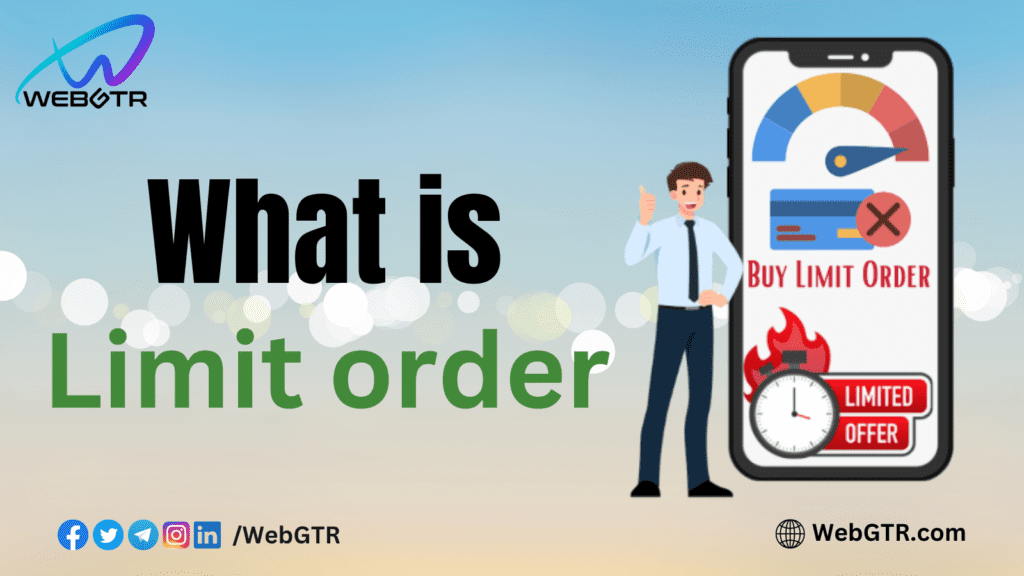
When engaging in cryptocurrency trading, limit orders play a crucial role in executing trades at specific price points determined by the trader. With a limit order, the trader sets either a maximum purchase price (for buying) or a minimum sale price (for selling). The exchange automatically attempts to fulfill the limit order when the market price matches or surpasses the specified limit price. This type of order is particularly valuable when traders have specific target entry or exit prices and are willing to be patient until the market conditions align with their desired rates.
Sell limit orders are typically placed above the current market price, while buy limit orders are placed below it. If a limit order is set at the current market price, it is likely to be executed within a matter of seconds, assuming the market is relatively liquid. However, in markets with low liquidity, it may take longer for the order to be fulfilled.
For instance, let’s consider the case of Bitcoin trading. Suppose the current market price of Bitcoin is $32,000. If a trader sets a buy limit order at $31,000, the order will be triggered and BTC will be purchased as soon as the price reaches $31,000 or falls below it. On the other hand, the trader might also place a sell limit order at $33,000. In this scenario, the exchange will sell the trader’s BTC holdings when the market price reaches $33,000 or exceeds it.
Limit orders provide traders with a level of control and precision in their trading strategies. By setting specific price thresholds, traders can automatically execute trades without the need for continuous monitoring. This is particularly beneficial in volatile markets where prices can fluctuate rapidly.
However, it is essential to note that using limit orders comes with some risks. For instance, if the market price never reaches the specified limit, the trade may not be executed, potentially causing missed opportunities. Moreover, in fast-moving markets, there is a chance that the price may surpass the specified limit, resulting in a partial execution of the order or no execution at all.
Overall, limit orders offer traders a valuable tool to manage their trades efficiently, especially when they have predetermined price levels in mind. By leveraging limit orders strategically, traders can navigate the dynamic cryptocurrency markets with more precision and reduce the need for constant manual intervention.
Looking for Blockchain Development, NFTs, Website Design, Token Creation, or Other services? Reach out to us at WebGTR. Let’s discuss and bring your vision to life.
Website | Twitter | Instagram | Telegram Official Group | WhatsApp


Leave a Reply